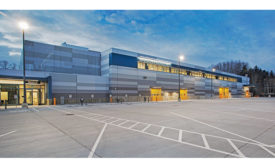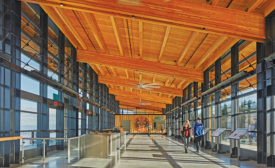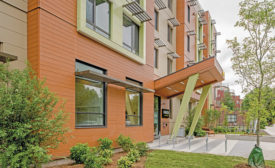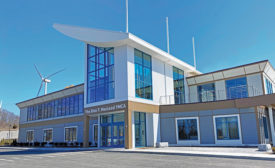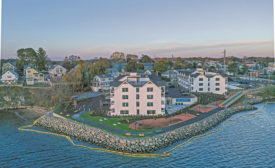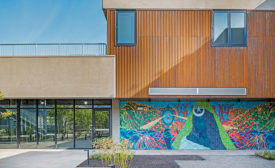Projects
Best Projects
Northwest Project of the Year: Mukilteo Ferry Terminal
The team building a terminal for Washington’s second-busiest ferry route overcame tough conditions on a historic site
Read More
Best Projects
ENR New England Best Projects 2021: Winning Teams Put 2020 in the Rear View
Judges cite 22 projects as ENR New England’s Best in 2021
Read More
The latest news and information
#1 Source for Construction News, Data, Rankings, Analysis, and Commentary
JOIN ENR UNLIMITEDCopyright ©2024. All Rights Reserved BNP Media.
Design, CMS, Hosting & Web Development :: ePublishing
